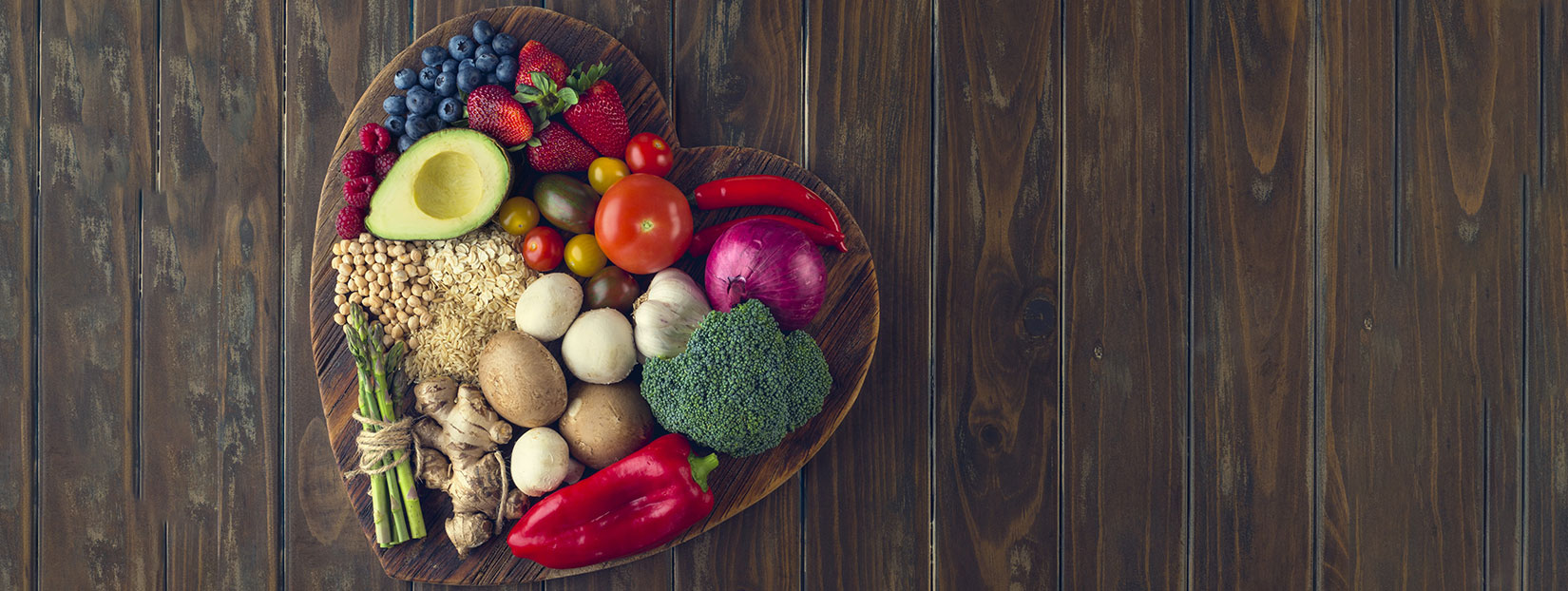With our ever-growing consumption of energy, salt, saturated fats, trans fats and sugar as well as our low consumption of vegetables, fruits and whole grains, our bodies will require payback over time. These nutrition habits may lead to an increase in cardiovascular diseases, Diabetes type 2 as well as some forms of cancer.1
For that reason, it is important that we are looking to make healthy eating a habit.
Tips for Healthy eating2
The key to healthy eating is to ensure a balanced diet which includes all the nutrients your body needs. Therefore, it is important to keep a good mix.
- Plan and prepare – to get a good variety of foods and rely less of processed food. Use the food pyramid for help.
- Make sure to use fresh ingredients such as vegetables, salads or fruits and cut down on saturated fats, salts and sugar
- Avoid sugary drinks and sweets
- Sit down at the table when eating your meals instead of sitting in front of the TV or the computer screens
The quality of the nutrients is important3
Examples of high-quality carbohydrates include: Starchy vegetables such as yams, sweet potatoes, winter squash, etc. beans and legumes; and whole grains.
High-quality protein sources include: grass-fed meat (sparingly), skinless poultry, wild-caught fish and seafood, eggs, tofu, tempeh, cottage cheese and yoghurt.
When it comes to fats, they are not created equal. Certain fats are beneficial and important to health such as olive oil, avocados, nuts and seeds, fatty fish and coconut.
Other fats may be harmful to your health and should be limited. These include highly processed vegetable oils, soybean and corn oil, margarine, shortening and saturated animal fats.
The importance of water
Water is an essential nutrient for our bodies and makes up on average for 60% of the human body in adults. It carries other nutrients to their cells and the oxygen to our brain but is also helping our body to absorb minerals, glucose, etc. Therefore, it is one of the most important parts of our nutrition.4
As per the recommendation of the European Food Safety Authority, a woman should have at least an average water intake of 1.6 litres whereas a man should have at least an average of 2 litres, given both are living in a moderate climate and partake in normal physical activity. However, the recommended intake generally varies between individuals based on factors like their weight, health, the climate and their activity levels.5
Understanding and following portion sizes6
Eating healthier might be the ultimate goal but understanding the portion sizing correctly is as important as a balanced diet. Especially when you are looking to lose a bit of weight, it becomes an even more important factor.
Examples include:
- Cereals, cooked rice or pasta = 1/3 cup for porridge, 1 cup for cooked rice
- Vegetables, salad & fruits = 1 cup of vegetables, 1 bowl of salad, pieces of fruits
- Meat, poultry & fish = palm of the hand
- Cheese = two thumbs (25g)
- Oils = 1 teaspoon per person
Using smaller serving dishes may also help ensure proper portion sizes. A healthier diet does not occur overnight. Focus on making better choices bite by bite, day by day, and you may be on your way to a healthier diet and lifestyle.
------------------------------------------------------------------------------------------------------------------------------------------------------------------
Sources
- https://www.euro.who.int/en/health-topics/disease-prevention/nutrition/nutrition
- https://www2.hse.ie/wellbeing/how-to-eat-well.html
- https://www.uhc.com/health-and-wellness/nutrition/everyday-nutrition
- https://www.efbw.org/index.php?id=46
- https://www.efbw.org/index.php?id=47
- https://www2.hse.ie/file-library/health-eating-active-living/serving-size-guide.pdf
